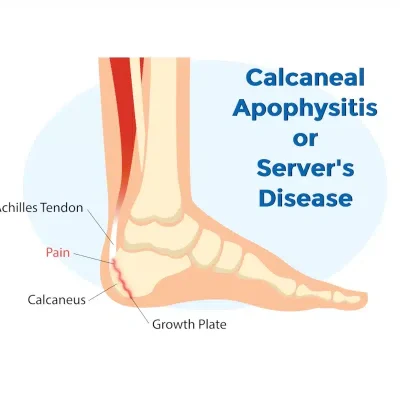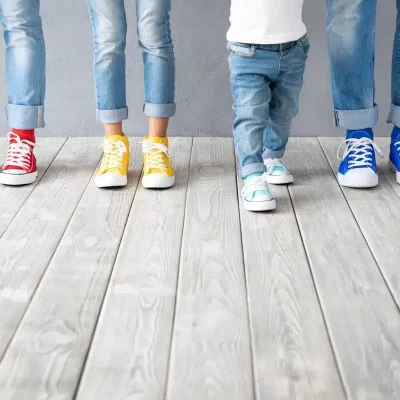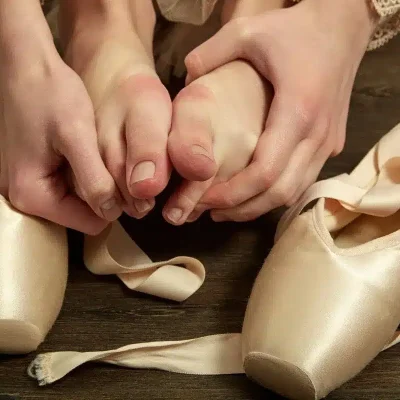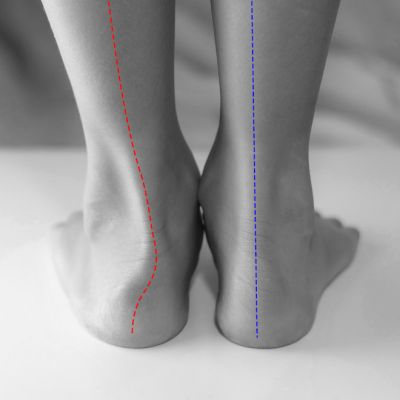Pediatric Foot & Ankle Conditions
Kids can experience foot problems too! Fortunately, most of the issues in children’s feet respond to conservative treatment or resolve on their own over time. Very rarely is surgery necessary for pediatric foot and ankle problems. However, ignoring an abnormal condition in your child’s foot could result in long lasting, worsening problems that may eventually require surgery. Therefore, it is important to have your child evaluated by a board-certified foot and ankle specialist immediately if you notice anything unusual with his or her feet, ankles, legs or even with the way he or she is walking.
There are some symptoms to look out for that could indicate a problem. Sometimes kids with foot or ankle issues will asked to be carried more than is typical for a child their age, or they may not run and play with the other kids as much. These subtle findings should prompt a parent to have their child evaluated by a foot and ankle specialist.
Here are some of the most common pediatric foot and ankle conditions:
Pediatric Flat Feet
Most pediatric flat feet are supple, or soft, flexible and “reducible”, meaning we can move the foot into a normal, arched position with our hands. This type of flat foot is typically not painful (asymptomatic) and not worthy of concern. However, it should be treated with arch support and stretching exercises for the associated tight calf muscles and Achilles tendon, especially if it is causing the child any distress. If left unchecked, the tight calves and resulting flat feet could lead to more significant issues in adulthood.
The most common cause of rigid flat foot in children is tarsal coalition. This occurs when two or more bones in the hind foot do not develop properly, causing the foot to become fixed in a flat position. Severe muscle spasms often occur and neighboring joints become arthritic. Children complain of pain while walking or running and cannot keep up with other kids. This type of flat foot may respond to stretching and arch support or may require surgery to mobilize the joints, reconstruct the foot to create an arch and lengthen the Achilles tendon. Arch support is always recommended after flat foot surgery.
Vertical talus is an uncommon form of rigid flat foot, which is recognized at birth. The foot is fixed in a severely flattened position and cannot be manually mobilized or corrected. This rare condition requires surgery at an early age followed by casting, physical therapy, splints and arch supports once the child begins to walk.
Most children with flat feet also have tight Achilles tendon or calf muscles, known as Equinus, which contributes to the condition.
Equinus or Toe Walking
Equinus is a term used to describe when the foot is in the position of pointing the toes down, similar to how a horse walks. It is the result of tight calf muscles and Achilles tendon and causes the majority of foot and ankle problems. Most of the time, Equinus contractures can be treated with stretching, bracing and physical therapy, but sometimes the conditions require relatively minor surgery to straighten out the foot.
Toe walking is another relatively common condition in kids that typically responds to conservative treatment. This is also closely tied to Equinus in many cases. Again, stretching the associated tight Achilles tendon and calf muscles is the key to successful treatment. Physical therapists who specialize in kids can be of great assistance as well, but behavioral modification (relentless reminders) with focused parental attention is often necessary to correct this problem. Fortunately, if treated appropriately, most kids grow out if this phase and go on to walk normally without consequence.
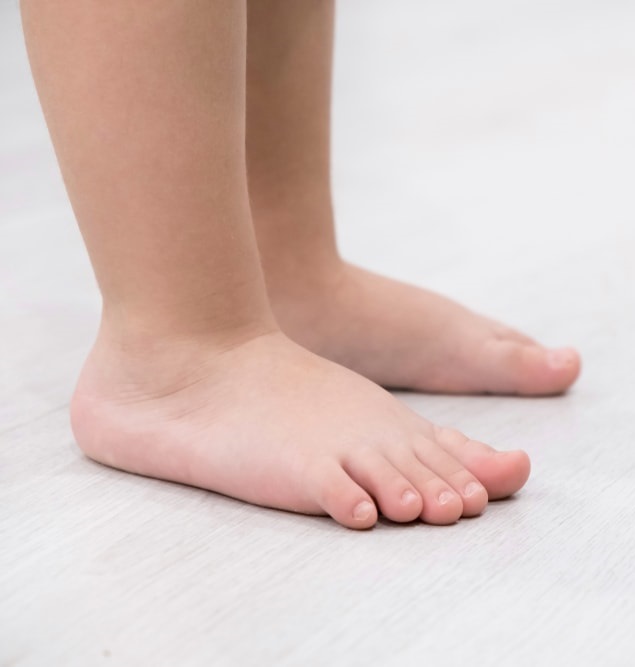
In-Toeing or Met-Adductus
Some parents describe this as their child walking pigeon toed. This condition is most often the result of tight muscles on the inside of the foot and/or leg and is successfully treated with stretching, therapy, bracing and custom insoles in the shoes called “Gait Plate Orthotics”. Gait Plates are shaped in a way that forces and trains the child to walk straight. Most children will grow out of this problem as well with simple conservative treatment. However, if left untreated, in-toeing can become permanent and lead to problems later in life.
Warts and Ingrown Nails
These are also common conditions seen in kids and are treated with simple, minor procedures in the office. Warts are caused by Papiloma virus and require destruction of the wart itself, often using a chemical applied once in the office. For resistant cases, treatment of the virus itself may be indicated using prescription medication. It is very rare that a wart must be treated with surgery when cared for by a foot and ankle specialist.
Ingrown nails if left untreated can result in serious, deep infections of bone and therefore should be treated right away with local anesthesia and removal of the abnormal nail. If chronic and recurrent, the edge of the nail can be permanently removed. All of this is done in the office with the parents by the child’s side – highly effective, quick and easy – minimally traumatic and back to school and play typically on the same day.
Pediatric Foot & Ankle Conditions
Don’t let your kids foot and ankle conditions, no matter how small, be left untreated. With proper intervention at n early age, you can prevent minor issues from becoming major problems down the road. We can treat any foot or ankle condition, regardless of age. Make an appointment with our board-certified podiatrists today! 1-855-550-FEET

